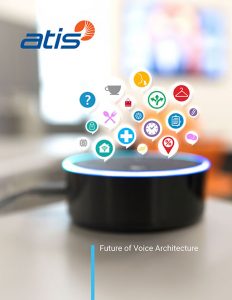
Since telephony was invented more than 150 years ago, voice communication has become the primary communication
method to connect everyone in the world. In the past century, telephony has evolved from analog to digital transmission, from circuit-switched to Internet Protocol (IP) packet-switched, and from wireline to wireless technology. Since the advent of cellular telephone networks in the late 1970s, wireless technology itself has evolved through five generations. In the past 20 years, since the original conception of IP Multimedia Subsystem (IMS), IMS has defined the architecture and protocols (e.g., Session Initiation Protocol (SIP)) for both wireline and wireless services around the world. In the transition from 4th-Generation (4G) wireless standards to 5th-Generation (5G) standards, the overall architecture evolved to a service-based architecture, but the core architecture and protocols for voice telephony services were little changed.
Voice has been increasingly expanding beyond human two-way communications into voice assistants, smart devices, gaming, and other machine-driven applications. The industry will need to explore new architectural approaches for efficiently managing voice and deliver a high-quality experience across a broad range of new applications. The purpose of this report is to provide an architectural assessment for the next generation of voice services as the industry considers future architectural voice and data platforms in the 2030 timeframe. As voice continues to be more integrated into other multimedia applications, the industry will need to assess the future pathway of voice services related to consumer and enterprise markets.
